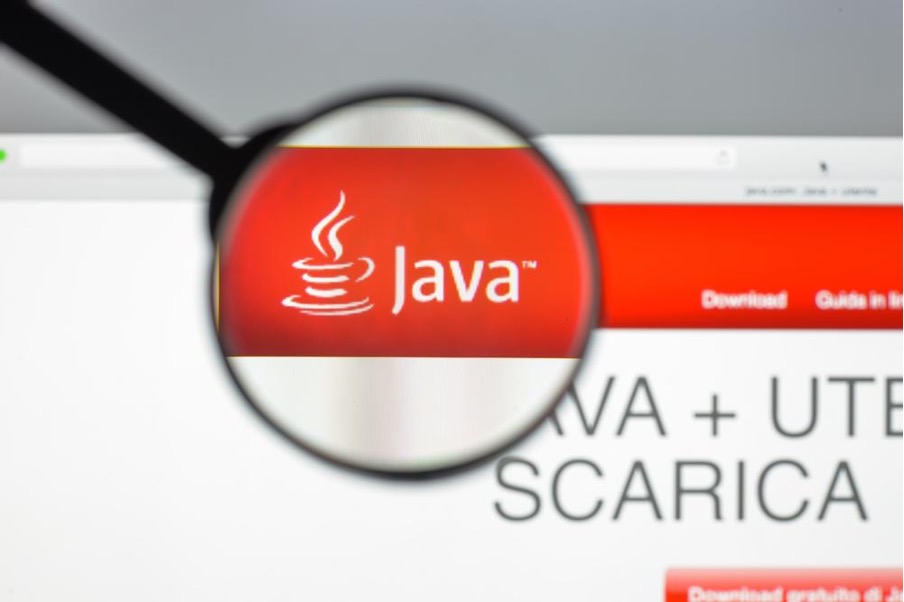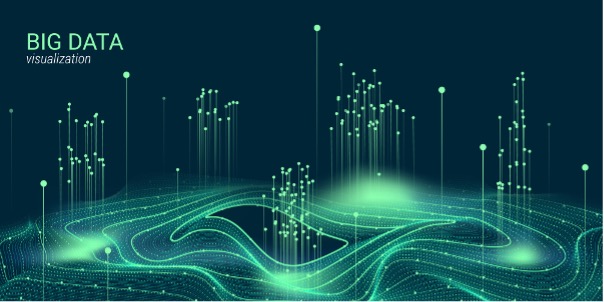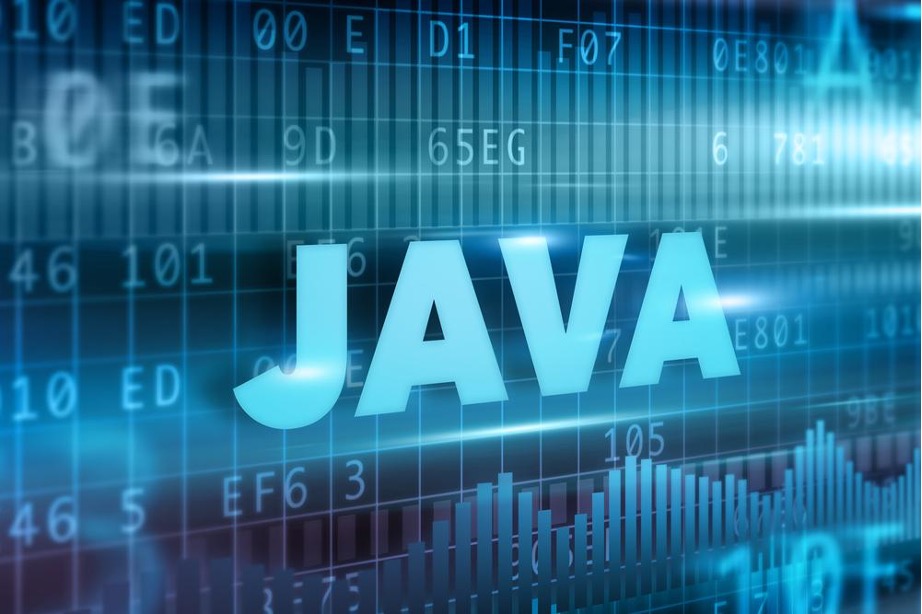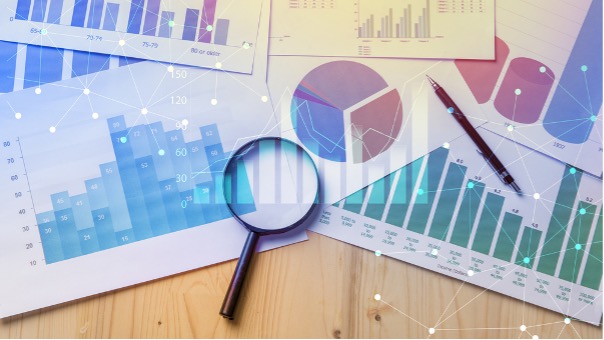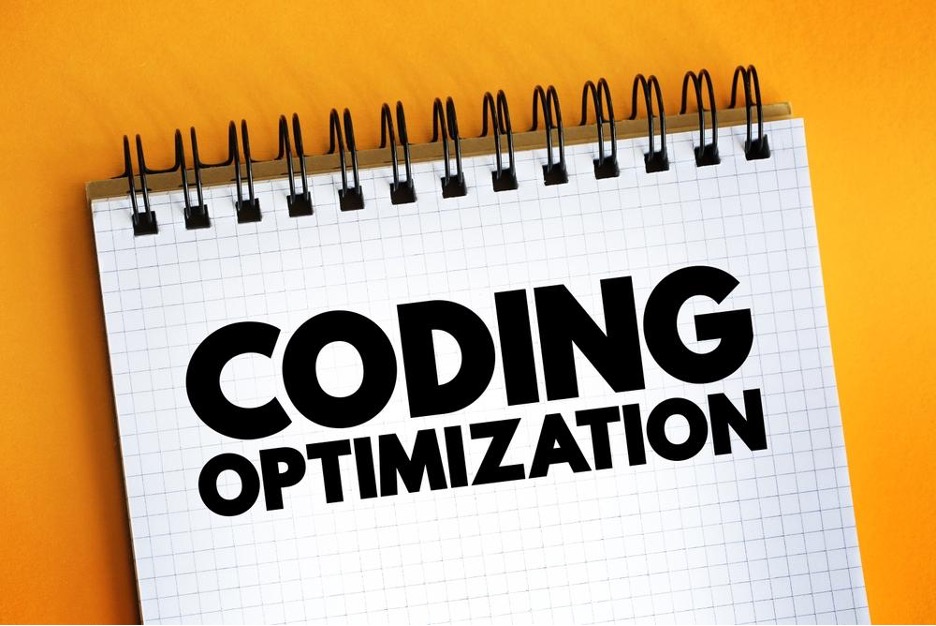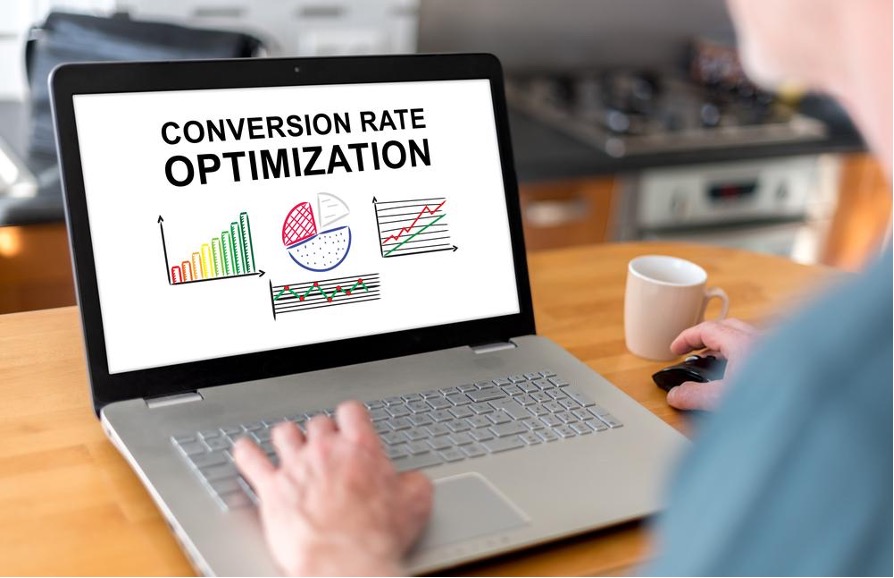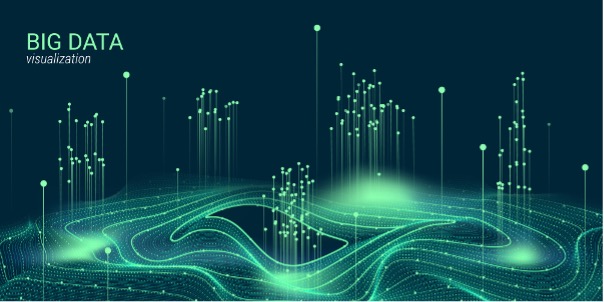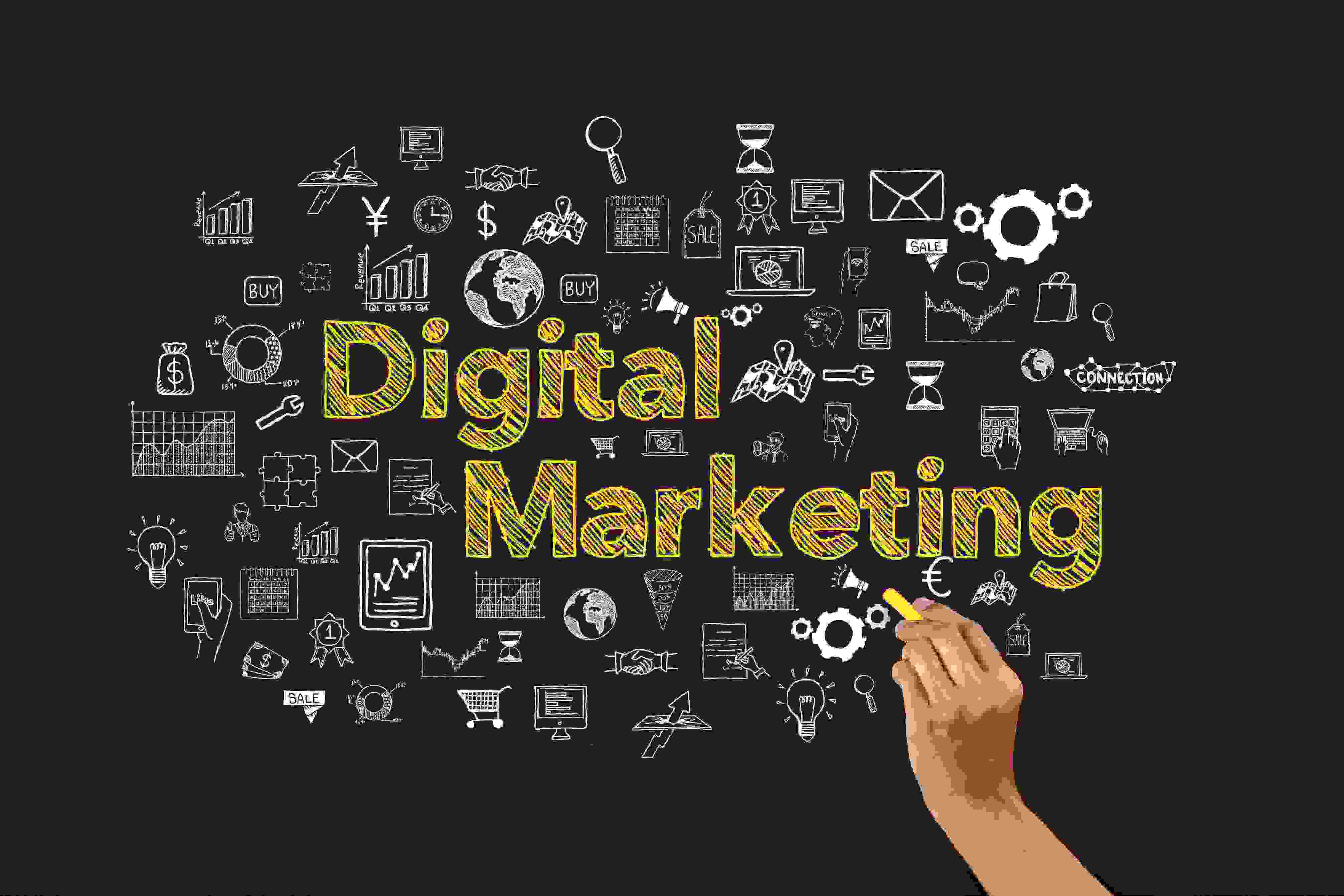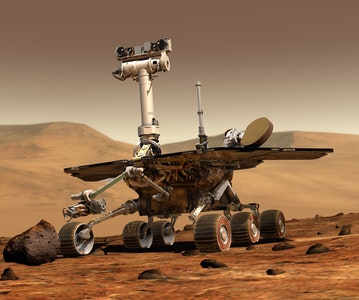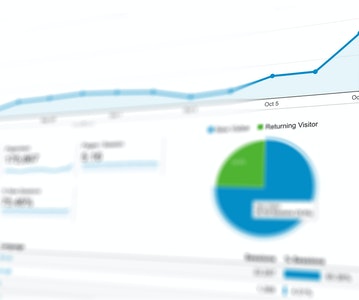This article is about Data Science
Diving into Spatial Data Mining: An Analysis
By NIIT Editorial
Published on 12/06/2023
Information and insight may be mined from geographical data via a process known as "spatial data mining." Location-based data, such as satellite images, maps, and GPS coordinates, are the focus of this subfield of data mining.
Finding useful information for problem-solving, planning, and decision-making is the ultimate purpose of geographical data mining. Clustering, classifying, mining for associations, and visualising are all part of the process.
Environmental research, urban planning, transportation, agriculture, public health, and many more may all benefit from spatial data mining. It has several potential applications, including the mapping of polluted regions, the tracking of land use shifts, the forecasting of traffic patterns, and the study of disease transmission.
Table of Contents
- Importance of Spatial Data Mining
- Techniques And Tools for Spatial Data Mining
- Applications of Spatial Data Mining
- Challenges And Limitations of Spatial Data Mining
- Future of Spatial Data Mining
- Conclusion
Importance of Spatial Data Mining
The ability to mine massive, complex datasets for geographic or geographical information is what makes spatial data mining so valuable. Some of the most compelling arguments in favour of geographical data mining include the following:
1. Improved Ability to Make Choices
Decision-makers in a wide range of disciplines may benefit from spatial data mining because it reveals previously hidden spatial patterns and linkages. To better inform choices on building rules and emergency management plans, urban planners may utilise spatial data mining to, for instance, pinpoint places with a higher risk of flooding.
2. Better Allocation of Resources
By revealing pockets of high demand or low supply, spatial data mining allows businesses to allocate their assets more efficiently. A transportation operator, for instance, may utilise geographic data mining to locate hotspots of heavy traffic and reroute its services appropriately.
3. Better Foresight
Future patterns and trends may be anticipated with the use of spatial data mining. Epidemiologists, for instance, may utilise geographic data mining to make predictions about future disease outbreaks by analysing historical patterns.
4. Enhanced Effectiveness
By revealing pockets of inefficiency or duplication, spatial data mining may help businesses run more smoothly. Using geographic data mining, a retail chain, for instance, might learn which regions contain clusters of shops so they can consolidate or shut underperforming locations.
5. Increased Insight
Using techniques like clustering and association rules, geographical data mining may help us make sense of the world around us. The effects of climate change on ecosystems may be studied using geographic data mining, which can then be utilised to direct conservation efforts.
Techniques and Tools for Spatial Data Mining
1. Clustering
Clustering, which puts things together according to their closeness in space and shared properties, is a popular method in geographic data mining. It is beneficial for locating crime hotspots or grouping areas with similar land use, and it can be applied to a wide range of spatial data sets. This research makes use of clustering technologies like k-means and hierarchical clustering.
2. Association Rule Mining
Association rule mining is a method for exploring the interconnections between several categories of geographical data. It is widely used in the field of geographic data mining for the purpose of discovering connections and relationships between various datasets. It may be used to learn about the demographics of a store's clientele in connection to the store's physical location, for instance. Apriori has been the de facto standard algorithm for mining associations.
3. Classification
Classification is a method for grouping things into categories depending on how they are constructed. Land cover classification is a popular use of classification in spatial data mining, whereby satellite imagery is used to categorise various land cover categories (forest, water bodies, metropolitan areas, and so on). Decision Trees are the most used categorization method.
4. Regression
Modeling the connection between two or more variables is what regression is all about. It is widely used in the field of geographic data mining to establish a connection between a dependent and independent metric. It can predict the correlation between traffic volume and pollutant levels, for instance. The fields of geographical data mining and linear and multiple regression are often employed together.
Specialized Tools for Spatial Data Mining
1. GIS (Geographic Information Systems)
Geographic information system (GIS) software is a specialised tool used in geographic data mining for collecting, organising, and analysing spatial information. The many visualisation, spatial analysis, and geographic modelling capabilities available in GIS software are invaluable. It has several uses, including those in transportation planning, environmental management, and city planning.
2. Remote Sensing
Satellite images, aerial photography, and LiDAR data are all examples of remote sensing, a specialised technique used in spatial data mining. Land cover categorization, vegetation mapping, and environmental monitoring are just few of the many uses for remotely sensed data.
3. Global Positioning System (GPS)
In the field of spatial data mining, GPS is a specialised technology used to precisely record the position and velocity of objects in real time. GPS is widely utilised in the logistics and transportation industry for monitoring vehicle whereabouts and planning more efficient routes.
Applications of Spatial Data Mining
1. Environmental Monitoring
In order to detect patterns and trends in environmental data, spatial data mining plays a crucial role in environmental monitoring. Changes in environmental characteristics including water quality, air pollution, and land usage may be detected and analysed with its aid. Analysis of satellite images is utilised in spatial data mining for tracking deforestation, invasive species, and soil deterioration, to name a few applications.
2. Urban Planning
Population increase, housing density, and shifts in land use may all be better predicted by analysing demographic and land-use data, which is where spatial data mining comes in. Infrastructure, transportation, and resource allocation may all benefit from having access to this data. For instance, urban planning for sustainable growth and development relies on spatial data mining tools to examine data on population density, transportation infrastructure, and land use patterns.
3. Transportation and Logistics
In transportation and logistics, spatial data mining is used to improve truck routing and scheduling, real-time vehicle tracking, and inventory management. Its primary functions are transportation analysis, route identification, and supply chain optimisation. Traffic patterns are analysed, delivery routes are optimised, and warehouse inventory is managed using spatial data mining methods.
4. Public Health
Disease patterns and trends may be tracked, the transmission of infectious illnesses can be monitored, and at-risk groups can be identified via the use of spatial data mining in public health. Public health interventions that target high-risk groups and prevent disease outbreaks are developed, for instance, by analysing data on population density, vaccination rates, and illness prevalence using geographic data mining tools.
Challenges Faced While Working with Spatial Data
There are a number of difficulties that might arise when working with geographical data, including problems with data quality, data heterogeneity, data sparsity, and data complexity. Integrating and analysing spatial data that has been obtained from several sources, in multiple forms, and at multiple sizes may be difficult. Another difficulty that may arise is the sheer volume of geographic data that has to be processed.
Limitations of Spatial Data Mining
The necessity for subject knowledge and the possibility of misleading correlations are two of spatial data mining's drawbacks. Finding useful patterns and connections in spatial data requires both high-quality input and professional analysis. There is a risk of erroneous conclusions when using automated algorithms since the patterns it identifies may not be significant or may not stand up when compared to further data.
Ways to Overcome These Challenges
Organizations might engage in data cleaning and pre-processing to guarantee consistent and correct data in order to overcome the difficulties of dealing with geographical data. Companies might also spend money on geographic information systems (GIS) and remote sensing to combine data from various sources. Organizations may mitigate geographic data mining's drawbacks by training analysts in the appropriate domains and putting them through rigorous accuracy tests using methods like cross-validation. They may also use decision trees and random forests, two types of machine learning techniques, to analyse geographical data.
Future of Spatial Data Mining
As technology and data science continue to evolve at a rapid pace, the future of geographic data mining seems bright. The use of machine learning and other AI methods to examine geographical data might pave the way for significant progress. Traditional data mining methods may miss these intricate patterns and linkages, but these methods may help analysts see them.
Using big data and cloud computing might also lead to progress in the sector. New methods of storing, processing, and analysing data are needed to keep up with the ever-increasing amount and complexity of geographical data. Organizations may more easily evaluate geographical data thanks to cloud computing's scalable and cost-effective approach to storing and processing massive volumes of data.
Some novel applications of spatial data mining include precision agriculture. Farmers may maximise profits and reduce losses by examining geographical data like soil moisture, temperature, and plant development trends.
In addition, geographical data mining has applications in emergency preparedness and management. High-risk locations may be identified and resources more efficiently distributed by assessing data like weather patterns, topographical factors, and population density by emergency response teams.
Conclusion
In conclusion, geographical data mining is an effective method for investigating geographic information and gaining understanding to back up deliberations based on hard evidence. Clustering, association rule mining, classification, and regression are some of the most prominent geographical data mining methods. To further analyse and interpret geographical data, specialised techniques like Geospatial Information Systems (GIS), remote sensing, and Global Positioning Systems (GPS) are used.
Environmental monitoring, city planning, logistics, and even public health may all benefit from spatial data mining. Organizations may improve their operations, find new possibilities, and lessen risks by studying geographical data.
Nevertheless, geographical data mining faces obstacles and constraints include poor data quality, a lack of data integration, and high computing complexity. Investment in data quality management, data integration methods, and state-of-the-art computer infrastructure is essential for businesses to meet these issues.
Integration of machine learning and artificial intelligence, big data and cloud computing, and novel applications in domains like precision agriculture and disaster management all bode well for the future of geographic data mining.
A detailed data science course will aid in understanding that geographical data mining is an effective method for doing in-depth analyses of spatial data and deriving actionable insights to back up data-driven decision-making. With this method, businesses may improve their decision-making, streamline their processes, and increase their standing in the market.
 Sign Up
Sign Up



